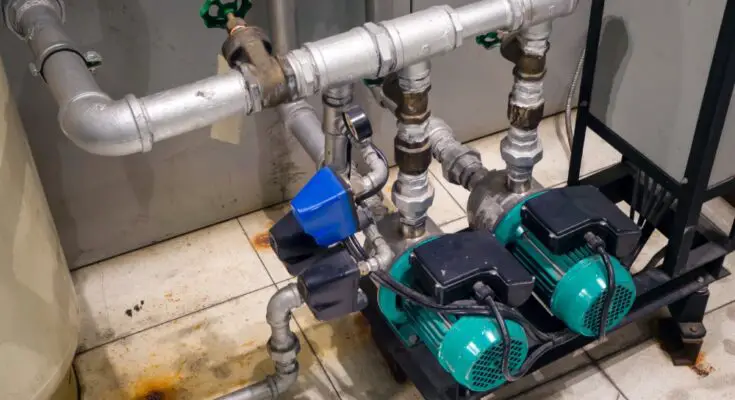Modern households and businesses need reliable water pressure to keep things running smoothly, but efficiency and cost savings have become just as important. Booster pumps are stepping up to the challenge, offering a practical solution that balances strong water flow with energy and budget savings. This simple yet effective technology doesn’t just improve water pressure; it transforms how systems operate, cutting down energy use and slashing expenses. Continue reading how booster pumps can save energy and reduce costs.
How Booster Pumps Optimize Water Pressure
The primary job of a booster pump is to regulate and improve water pressure, and it does so with precision. Whether you’re dealing with taller buildings, low-pressure municipal water systems, or homes that rely on well water, booster pumps deliver just the right amount of water flow for the demand.
Choose the right type of booster pump for your specific needs. Variable speed pumps, in particular, offer real-time optimization by adjusting the pressure based on current usage. This level of control creates a much more efficient pumping system, so you stop overcompensating with unnecessary energy, cutting down your costs.
Energy Savings Through Efficient Operation
Booster pumps use technology that prioritizes energy efficiency. For example, advanced pumps with variable frequency drives adjust motor speeds to match real-time water demand. These pumps prevent energy waste while maintaining steady water flow by avoiding the “all-or-nothing” operation of outdated systems.
Integrating energy-efficient booster pumps can reduce electricity consumption compared to conventional options. That energy reduction translates directly into cost savings on monthly utility bills while creating a more sustainable way to pump water.
Cost Reduction in Water Usage
Using booster pumps doesn’t just impact energy savings; it also reduces overall water costs. These systems help regulate and prevent wasteful overuse of water, which is common in setups with inconsistent pressure control.
If you’ve felt the sting of high water bills, a booster pump might be the game-changer you’re looking for. By delivering water only when and where it’s needed, these pumps lower overall water expenses without compromising performance, making them a worthy investment.
Extended Lifespan of Plumbing Systems
Beyond the immediate savings, booster pumps contribute to the long-term health of plumbing infrastructure. Poor water pressure often puts unnecessary strain on pipes, fixtures, and appliances, leading to frequent repairs and replacements.
When you install the right type of booster pump system, it decreases stress on your plumbing while maintaining ideal performance. With less wear and tear, you’ll cut down on maintenance costs and see your systems last much longer.
Environmental Benefits of Reduced Energy Consumption
The rise of energy-efficient technology is about more than money; it’s also about sustainability. Booster pumps designed for energy savings help reduce the carbon footprint from energy consumption while still delivering high performance.
Fewer emissions from reduced power usage make them a smart choice for any environmentally-conscious homeowner or business owner. Combining cost-effectiveness with eco-friendliness, these pumps align with the growing push toward sustainable solutions in everyday operations.
Booster pumps create a system that saves energy, lowers costs, extends the lifespan of your plumbing, and reduces your overall environmental impact. With modern technology improving the efficiency of different types of booster pumps, there’s never been a better time to upgrade your water system. To start your sustainability and savings journey today, explore how the right booster pump can transform your setup and elevate your efficiency game.



